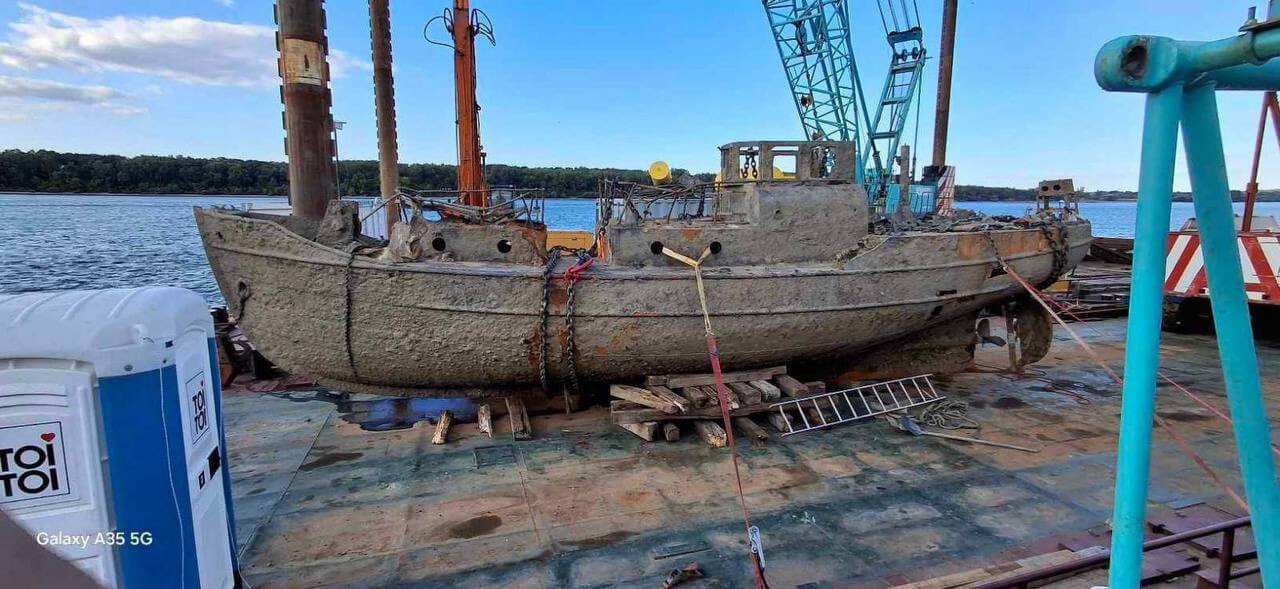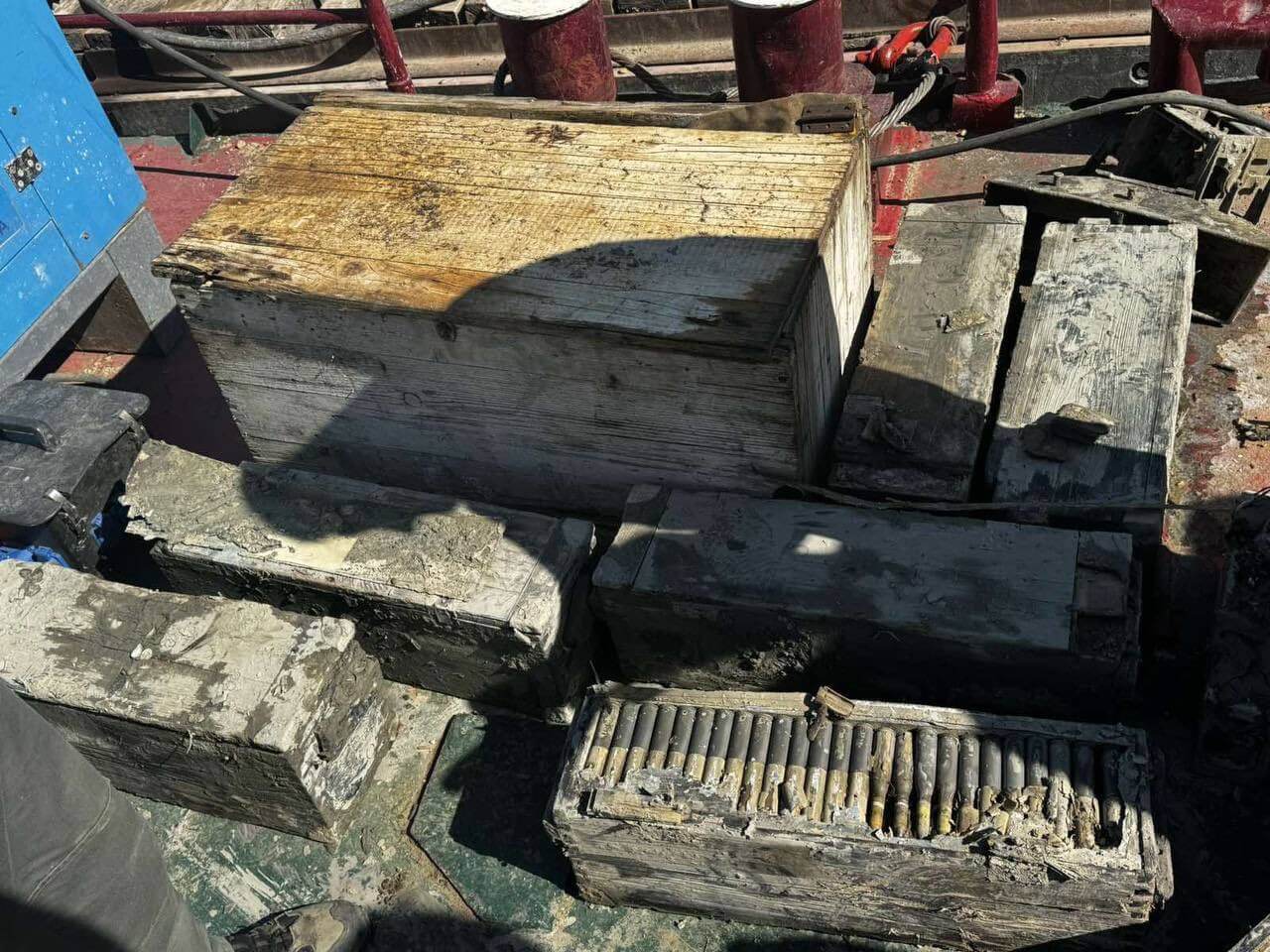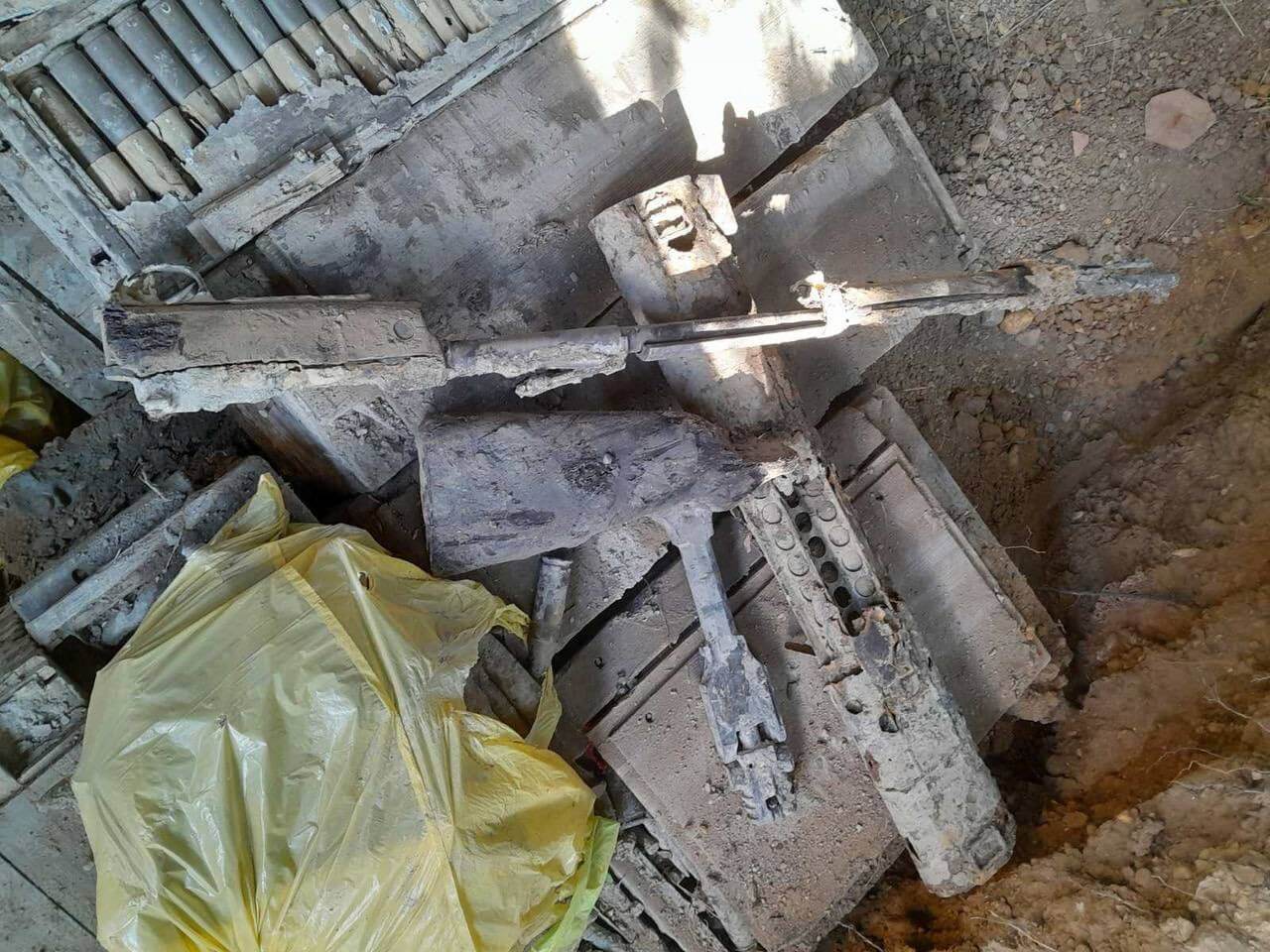Serbia Begins Raising a Fleet of Sunken Nazi Patrol Boats From Danube

The government of Serbia has begun a large-scale salvage project to raise and remove a fleet of Nazi vessels that were scuttled in the Danube in the closing days of the Second World War, and contractors have brought the first of dozens of armed German patrol boats to the surface.
In August 1944, German forces were retreating from the Red Army across Eastern Europe. Russian forces had advanced as far as the Serbian-Romanian border, seizing the Iron Gates of the Danube upstream of Prahovo. This cut off the only escape route for the Kriegsmarine's Kampfgruppe Zieb, a flotilla of 200 German patrol vessels and support boats. The small fleet was in danger of being captured by Soviet troops, so the flotilla commander ordered all 200 hulls scuttled in the Danube.
When these Nazi boats were sent to rest on the bottom, they partially blocked the Danube, temporarily delaying the advance of Soviet riverine forces. Some were removed by the Russians later that year to open the navigational channel, and some were restored and reused in the fight. However, the vast majority remained in place for eight decades, embedded in sediment and slowly deteriorating. Their hulls and their munitions continue to threaten modern shipping on the Danube, and during recent summer droughts and low-water events, the fleet has occasionally resurfaced into public view.
To ensure safety of navigation on the Danube, Serbia has plans to remove dozens of these 80-year-old wrecks from the bottom. A crane barge hoisted the first one out of the water last week, according to Goran Vesic, Serbian Minister of Construction, Transportation and Infrastructure, and 21 more will follow in the weeks to come. During a second phase, another 80 wrecks will be removed.
 Courtesy Goran Vesic
Courtesy Goran Vesic
"Every ship that is taken out undergoes a detailed inspection with the dismantling of the explosive devices that remained in them. It lasts ten days," said Vesic. "When this process is completed, we will allow the public to see part of the sunken Nazi fleet, which has been making navigation on this part of the Danube difficult for eight decades."
Photos taken of the first vessel reveal the substantial unexploded ordnance hazard aboard these wrecks. The boat came out of the water with intact wooden cases of cannon shells and other munitions.



A nearly-intact Mauser 98 rifle (right) was among the boat's cargo (Goran Vesic)
